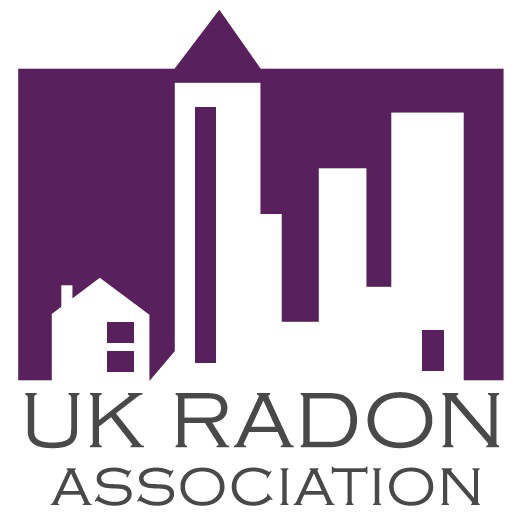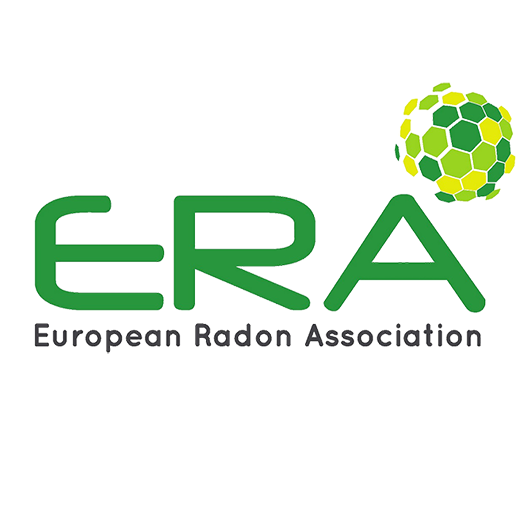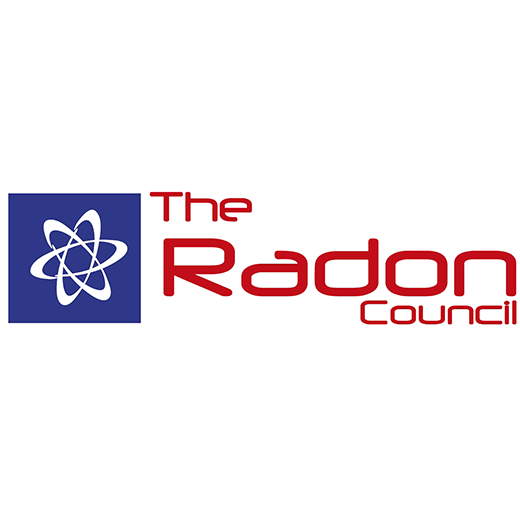About radon
About radon: the risks
Radon is a radioactive gas which forms naturally when the Uran238 element decays. In turn, the radon gas decays into radon progeny. Radon progeny are radioactive metal atoms which get caught in our respiratory tracts during inhalation. When this decay takes place, radiation is emitted from the radon progeny which can damage the cells in our respiratory tracts and lungs. In the worst case they can cause cancer. According to the World Health Organization, WHO, depending on where you live, 3%-14% of all incidences of lung cancer are caused by radon.
UK Health Security Agency (UKHSA) estimates that about 1100 cases of lung cancer per year are caused by radon in British homes and work places. If you live or work in a property with a high radon content, i.e. a radon content that exceeds the target level of 100 Bq/m³, you run a greater risk of being affected.
About radon: testing of indoor air
As radon is both odourless and invisible, measurement is the only way to detect the gas. The amount of radon in indoor air varies with the season. These variations are primarily dependent on changes in outdoor temperature and wind conditions. The amount also varies during the day and night, and from room to room. How the ventilation system functions, and how often you give the house an airing, also has an effect.
Consider radon testing if:
- No measurement has been conducted or more than ten years has passed since the last measurement
- Renovation has recently taken place, as small cracks can develop in foundations through which radon can permeate
- You have previously had a high amount of radon and have had measures implemented in your home to reduce it
The measurement should preferably be for a duration of at least three months – the longer the period the more accurate the measurement. The limit values and guidelines we have in UK are given as an average annual value. In some cases, measurements are conducted with a shorter measuring period in order to obtain an approximate value, and we use short-term measurements with our specially designed detector Rapidos®, where measurements are taken over a period of at least 10 days. For example, this is common in connection with purchase and sale of buildings, when an indication of the radon level in the home is required quickly.
The measurement method we use is accredited according to ISO 17025.
About radon: UK action levels for indoor air
UK Health Security Agency (UKHSA) recommends that radon levels should be reduced in homes where the average is more than 200 Bq/m3. This recommendation has been endorsed by the Government. This Action Level refers to the annual average concentration in a home. The annual average of a dwelling is calculated as an occupancy-weighted and seasonally corrected average of the measured radon concentrations.
If a radon level in any part of a workplace exceeds 400 Bq/m3, the regulations covering ionising radiations apply. The employer is then obliged to take actions. To get the most accurate maximum value, the measured radon levels are transformed to the January value by using seasonally correction factors.
About radon: if levels are high
If the radon concentration is above the reference level, measures should be taken to ensure it is below the limit value. Each house and premises is unique and this goes for the radon problem as well. For example, radon can come from the ground or from the household’s water supply. What is important to consider is that an inspection should first be conducted to ascertain where the radon is coming from and that measures should be subsequently undertaken in the property to remedy this. If you need assistance in taking remedial action to reduce your radon level, please contact the UK Radon Association.




